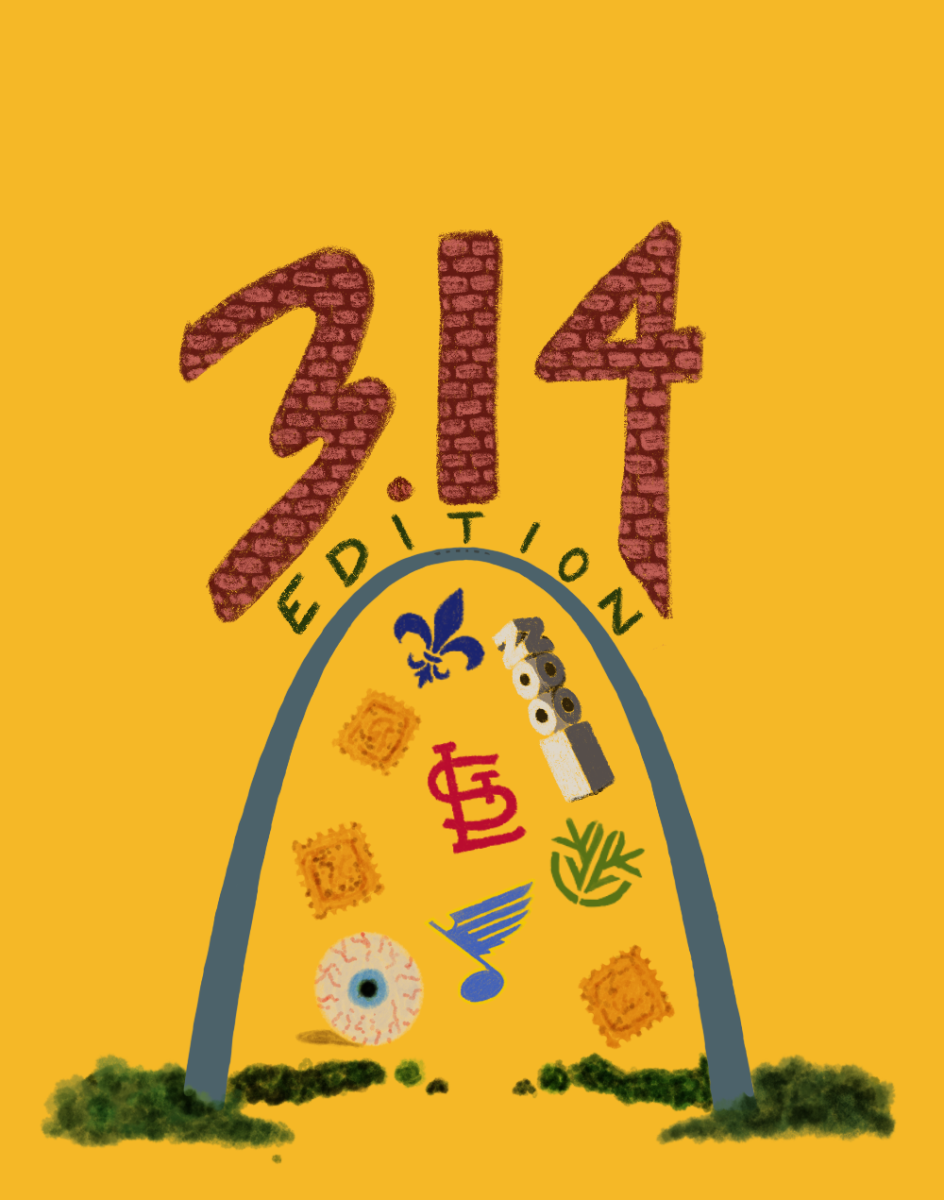Spring is a time of rebirth. Trees that have been barren for months turn green, bulbs buried deep in the soil sprout into flowers as the treacherous winter becomes a distant memory. Finally, after months of avoiding the outdoors, stepping outside doesn’t seem like a punishment. Finally, after months without sun the UV index is over five. As a result, many people begin to sit outside with the intention of getting tan. Few are fortunate enough to retain their tan all year around, but many like me are not that lucky. So what are the dos and don’ts of tanning, and how can you avoid serious medical implications down the road?
For starters, methods of tanning such as tanning beds have been linked to skin cancer, premature aging, and eye damage. Using tanning beds subjects you to high UV radiation that damages your DNA. Using tanning beds consistently before the age of 35 increases the likelihood of developing melanoma by 75 percent. The use of a tanning bed can lead to fine lines, wrinkles, and sun spots on your skin. It can also cause cataracts in your eyes. When it comes to methods of artificially darkening your skin, the risks of tanning beds outweigh its reward.
An alternative option to tanning beds is bottled fake tanner . You can buy it at most stores and apply it at home. Self tanner is a better option because it’s not as damaging to your skin. Even though it’s better for you in the long run, many resent the product because it can look unnatural, stain clothes and bed sheets, and it can be difficult to apply properly. In addition to self tanner people can get a spray tan. Spray tans often come out more even then self tanner, but it can be expensive and not produce the desired result.
Overall, every way of darkening your skin comes with its own set of problems, so however you choose to tan, try to do it safely.







